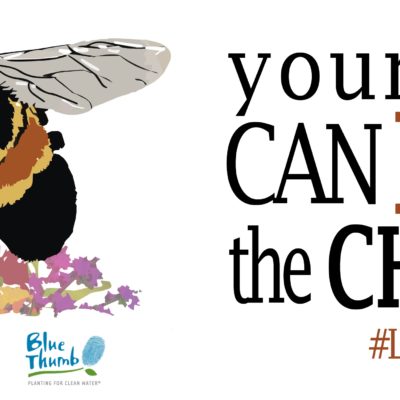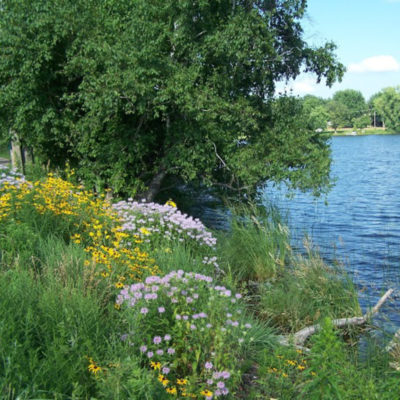Map Your Pollinator Project
Lawns to Legumes Individual Support Cost Share Grantees For grantees who are requesting reimbursement, click here to go to the grantee reimbursement page. Self-Installed Pollinator Habitat (not funded by Lawns to Legumes) Fill out the form below, selecting the appropriate “No” answer to the first question, and get your planting on the map. You may…




